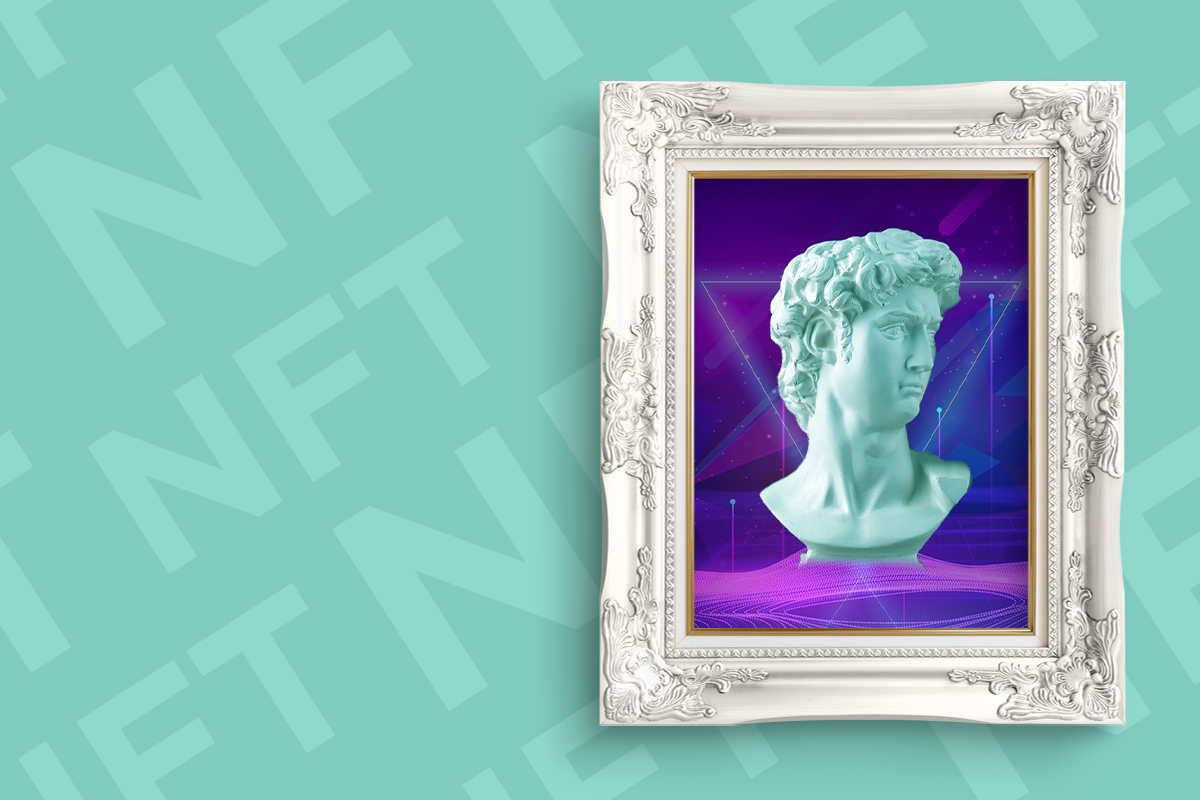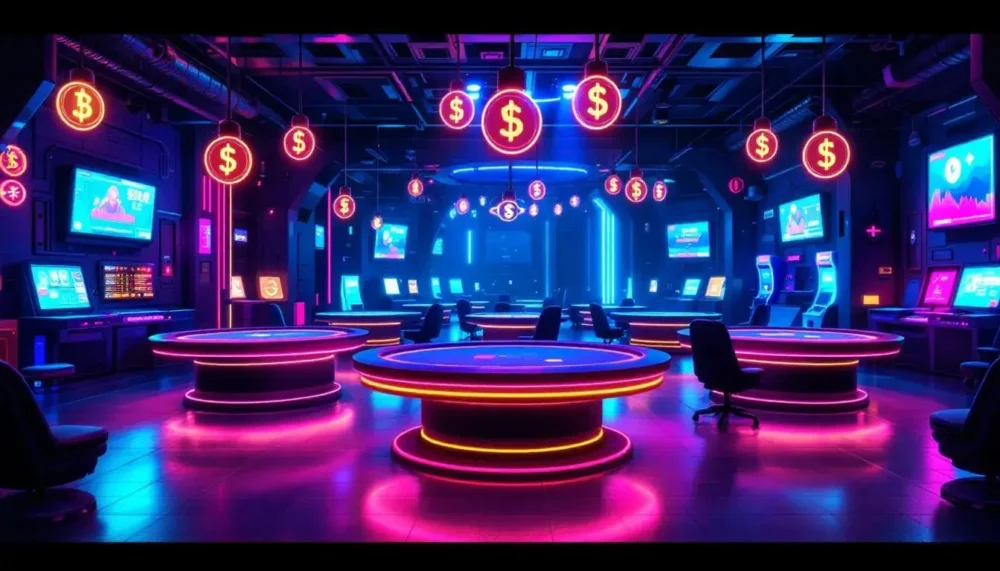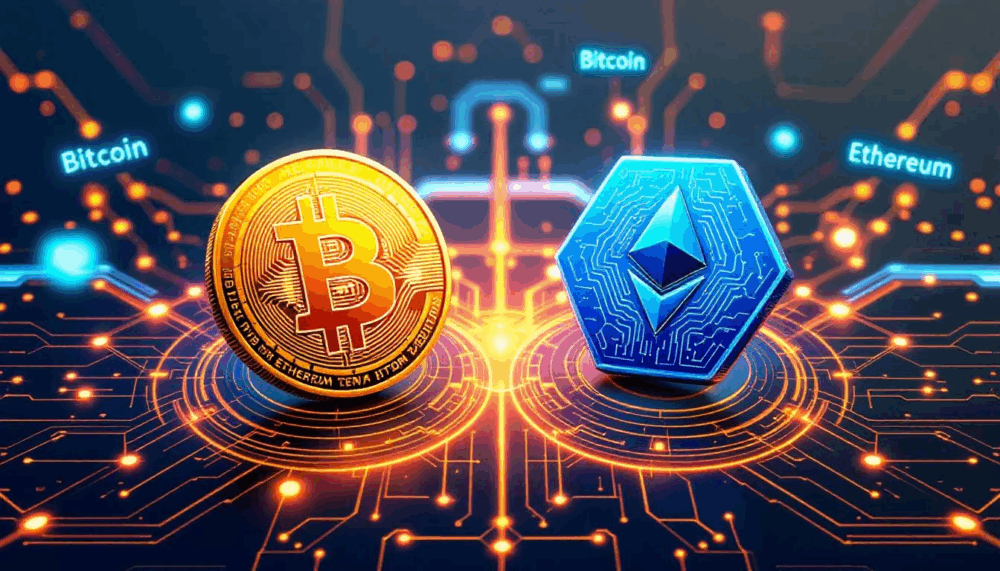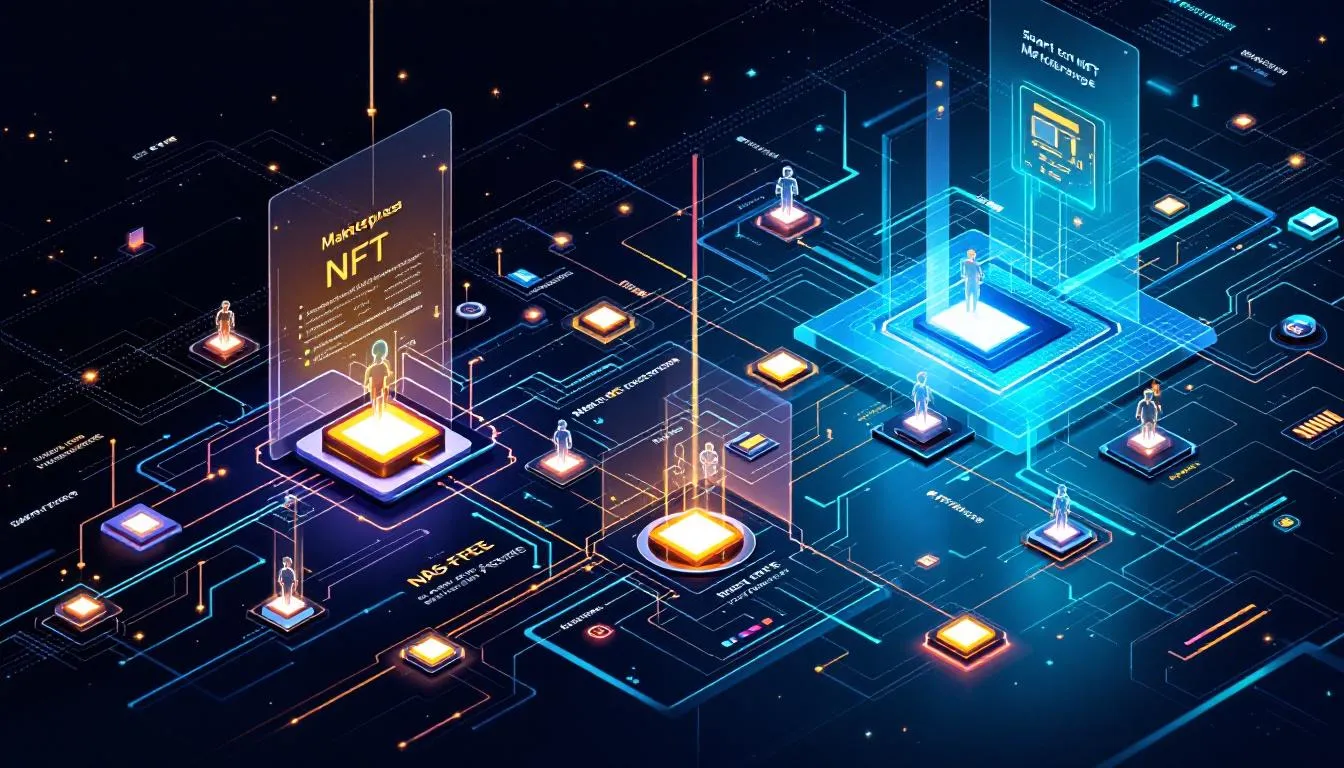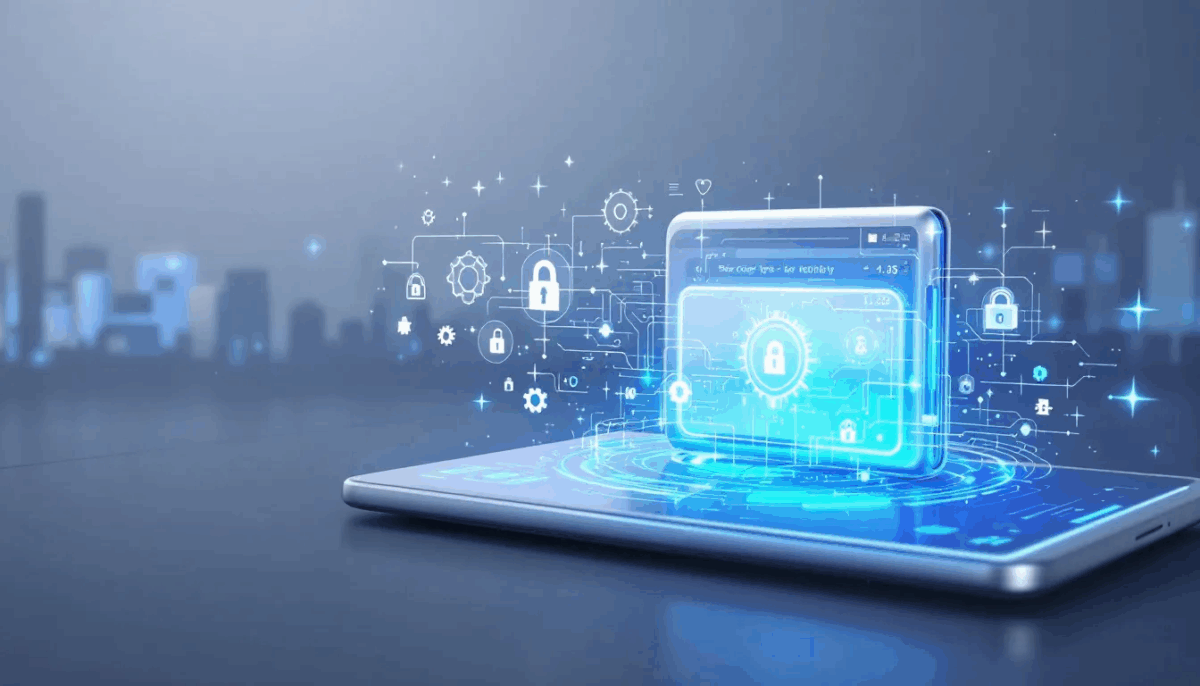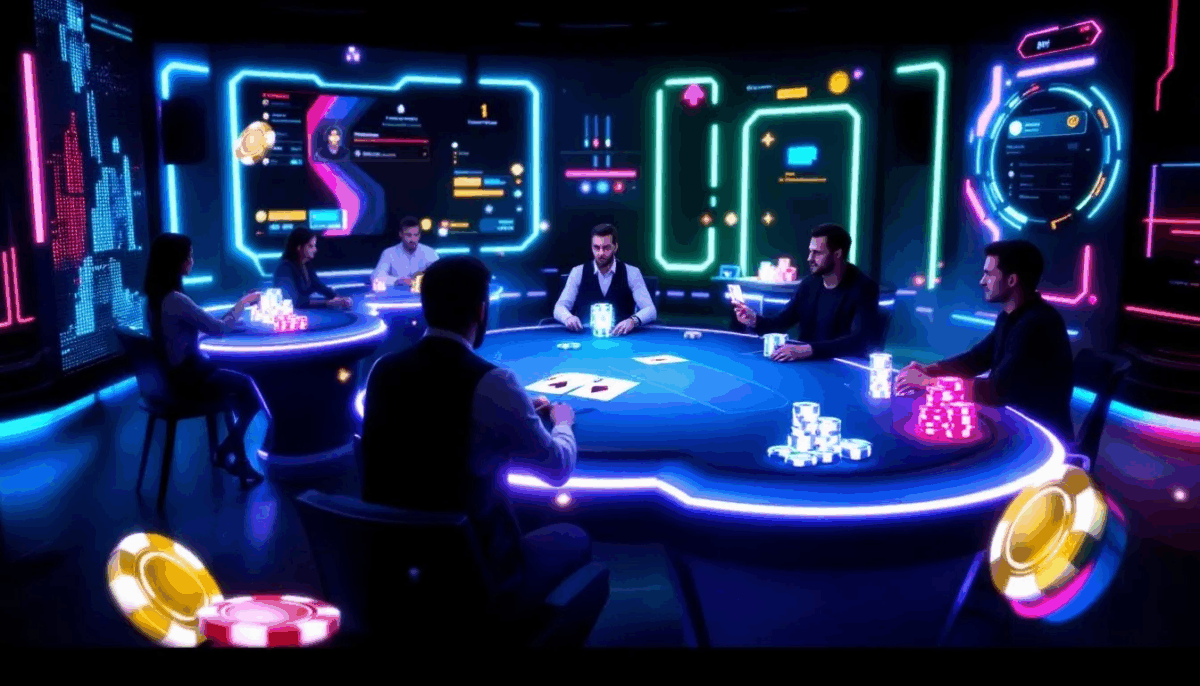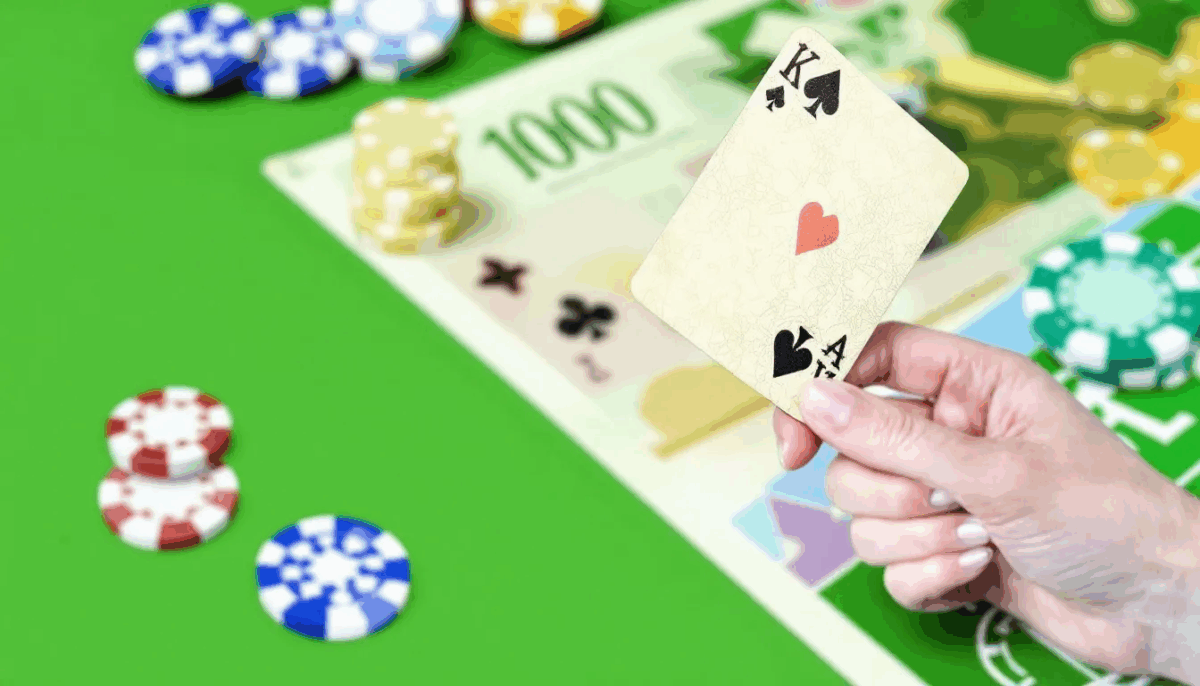Introduction to NFTs
Ever heard of a digital asset that’s unique and can’t be replaced with something else? That’s an NFT, or Non-Fungible Token. Unlike cryptocurrencies such as Bitcoin or Ethereum, which are fungible and can be exchanged on a one-for-one basis, NFTs are distinct. They possess unique information or attributes that make them irreplaceable. Picture this: owning a one-of-a-kind piece of art, but in the digital realm. That’s the magic of NFTs.
Why are NFTs popular?
NFTs took the world by storm, but why? It’s the blend of uniqueness, digital ownership, and the vast possibilities they offer. From digital art to collectables, NFTs provide a fresh way to own, trade, and invest in assets in the digital world. Plus, with the rise of the metaverse, the potential of NFTs is just starting to be realised. The idea of having a unique digital footprint, something that no one else possesses, is tantalising, isn’t it?
Preparing to Buy NFTs
Setting up a Digital Wallet
Before diving into the world of NFTs, you’ll need a digital wallet. Think of it as your digital purse or wallet, but for cryptocurrencies and NFTs. It’s essential to choose a secure and reputable wallet provider, as this will store your precious digital assets. There are various wallet options available, from browser extensions to mobile apps. Research is key here, but some of the most popular non-custodial crypto wallets are:
MetaMask
MetaMask is the top pick for the overall best non-custodial wallet on the market. It’s particularly popular among crypto enthusiasts looking to store or buy various ERC-20 tokens and coins similar to Ethereum. MetaMask can be used through a browser extension or on a mobile phone.
Trust Wallet
TrustWallet is a renowned crypto wallet that has gained significant popularity among cryptocurrency enthusiasts. It provides a secure and user-friendly platform for managing various cryptocurrencies.
Ledger
Ledger Nano X provides users with a secure way to store their cryptocurrencies. It’s a hardware wallet, which means it’s a physical device that securely stores the user’s private keys offline, making it resistant to online hacking attempts.
Best Wallet
A new player in the non-custodial wallet space is Best Wallet. Recently launched, Best Wallet allows users to buy, trade and monitor digital assets including crypto and NFTs. They also plan to launch a Dex later this year.
Funding Your Wallet
Once set up, you’ll need to fund your wallet. This typically involves buying a cryptocurrency, like Ethereum, which is commonly used for NFT transactions. Remember, always purchase from reputable sources and be wary of transaction fees. Cryptocurrencies can be volatile, so it’s wise to only invest what you’re willing to lose.
The Buying Process
Choosing a Marketplace
There are numerous NFT marketplaces out there, each with its own unique offerings and community. Here’s a closer look at the top three:
OpenSea
OpenSea claims the title of the largest NFT marketplace. It’s a decentralised platform where you can buy, sell, and explore a vast range of assets. From art to domain names, OpenSea offers a plethora of choices. The platform is user-friendly, making it a favourite among both beginners and seasoned NFT enthusiasts.
Rarible
Rarible is not just a marketplace; it’s also a platform where users can mint their own NFTs. It has a strong focus on art and collectables. One unique feature of Rarible is its governance token, $RARI, which allows the community to have a say in the platform’s development.
Foundation
Foundation bridges the gap between digital artists and collectors. It’s a creative playground for artists, where they can auction their works to the highest bidder. The platform has gained a reputation for hosting works from some of the most renowned digital artists.
Searching for NFTs
Browsing an NFT marketplace is akin to walking through a digital art gallery. Use filters, search terms, and delve into different categories to find the perfect NFT for you. Each piece has its own story, and with detailed descriptions and histories, you can immerse yourself in the world of each digital asset.
Making a Purchase
Found the perfect NFT? Fantastic! Click on it, scrutinise the details, and when you’re ready, hit the ‘buy’ button. Ensure you’re content with the price and any associated fees. Once confirmed, the NFT will be transferred to your digital wallet, marking your foray into the world of digital asset ownership.
Safety Tips
Verifying Authenticity
With the meteoric rise of NFTs, scams have unfortunately followed suit. Always verify the authenticity of an NFT before purchasing. Check the creator’s profile, previous sales, and any associated certificates of authenticity. A genuine NFT will have a clear provenance, allowing you to trace its history.
Avoiding Scams
Be cautious of deals that seem too good to be true and always double-check URLs. Remember, if in doubt, it’s better to be safe than sorry. Engage with the community, read reviews, and trust your instincts.
The Environmental Impact of NFTs
One of the most debated topics surrounding NFTs is their environmental impact. The creation and transaction of NFTs require a significant amount of energy, primarily because they operate on energy-intensive blockchains like Ethereum.
How do NFTs affect the environment?
Every transaction or ‘minting’ process of an NFT involves complex calculations by multiple computers, consuming vast amounts of electricity. This has raised concerns, especially when considering the carbon footprint associated with the energy sources fuelling these computations.
Sustainable Solutions
In response to growing concerns, many in the NFT community are seeking more sustainable solutions. Some artists are offsetting the carbon footprint of their NFTs by investing in renewable energy or reforestation projects. Additionally, there’s a push towards more energy-efficient blockchain solutions, which could significantly reduce the environmental impact.
Diversifying the NFT Space
Beyond art, music, and gaming, NFTs are making waves in the realm of virtual real estate. Platforms like Decentraland and Cryptovoxels allow users to buy, sell, and build on virtual land parcels. These digital spaces host events, galleries, and even businesses, offering a new frontier of opportunities.
The fashion industry isn’t one to be left behind. Digital fashion, wearable in virtual spaces or augmented reality, is becoming increasingly popular. Brands are releasing limited edition digital clothing pieces as NFTs, merging the worlds of fashion and technology in a novel way.
The Social Impact of NFTs
Empowering Artists
One of the most profound impacts of NFTs is how they empower creators. Artists can monetise their work in ways previously unimaginable. They can also embed royalties into their NFTs, ensuring they earn from secondary sales – a game-changer for many in the creative industry.
Challenges and Criticisms
While NFTs offer numerous opportunities, they aren’t without challenges. The volatility of the crypto market, potential for bubbles, and the aforementioned environmental concerns are issues that the community must address for NFTs to reach their full potential.
Conclusion
The world of NFTs is vast, exciting, and ever-evolving. From art to music, gaming to fashion, and even virtual real estate, the possibilities seem endless. As with any investment, it’s essential to do thorough research and understand the nuances of the market. With the right knowledge and a touch of caution, the realm of NFTs offers a unique blend of art, technology, and investment opportunities. So, are you ready to dive into the captivating world of NFTs?
FAQs
What are the most popular NFT marketplaces?
OpenSea, Rarible, and Foundation are among the top marketplaces.
Can I create my own NFTs?
Absolutely! Platforms like Rarible allow users to mint their own NFTs, turning their digital creations into tradeable assets.
Are NFTs environmentally friendly?
There’s been concern over the environmental impact of NFTs due to the energy used in blockchain transactions. However, many platforms are now moving towards more eco-friendly solutions.
How do NFTs differ from traditional art investments?
Traditional art investments involve physical assets, while NFTs are entirely digital. Additionally, NFTs can have embedded royalties, ensuring artists earn from secondary sales, which isn’t always the case with traditional art.
Can NFTs be displayed in the real world?
While NFTs are digital, they can be displayed using digital frames, augmented reality, or even projected installations. Some art galleries are even hosting NFT exhibitions.
Are there any legal issues to consider with NFTs?
NFTs are a relatively new domain, and legal frameworks are still evolving. Issues related to copyright, intellectual property, and even taxation are areas to watch and seek advice on.
Can I lose my NFTs?
If you lose access to your digital wallet or fall victim to a scam, there’s a risk of losing your NFTs. Always ensure you have secure backups and be cautious of suspicious offers or platforms.
